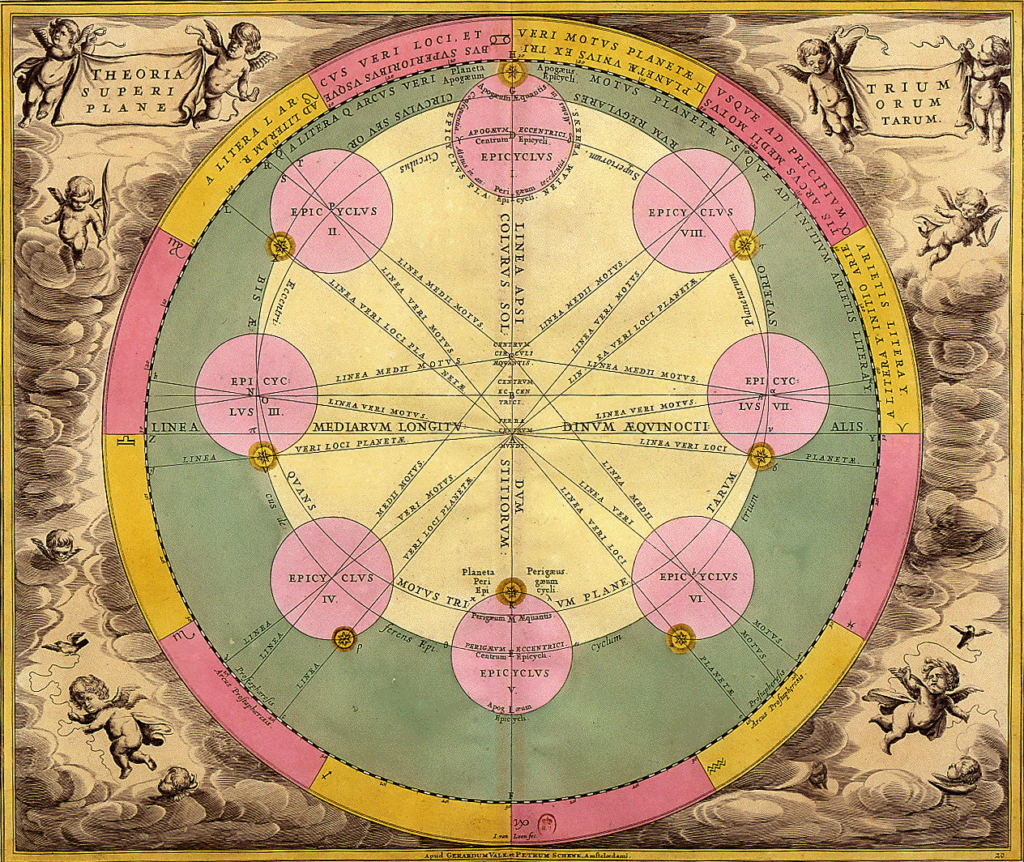Astronomy, the study of celestial bodies and phenomena, has always been intertwined with navigation, guiding humanity across oceans and continents. The history of these two fields is not merely a tale of stars and ships; it is a narrative of human curiosity, ambition, and the quest for understanding our place in the universe. This article delves into the historical relationship between astronomy and navigation, examining how ancient civilizations harnessed celestial knowledge to traverse the Earth and how this knowledge continues to evolve.
The Beginnings of Celestial Navigation
The roots of celestial navigation can be traced back to ancient civilizations. Early navigators relied on the observable movements of celestial bodies—primarily the sun, moon, and stars—to guide their journeys. The Polynesians, for example, developed an intricate understanding of the stars and ocean currents, allowing them to navigate vast distances across the Pacific Ocean without the aid of modern instruments. They used the rising and setting positions of stars, as well as the changing patterns of waves and winds, to find their way.
In the Mediterranean, the ancient Greeks made significant contributions to navigation through their studies of astronomy. Figures like Ptolemy compiled astronomical knowledge in texts such as the “Almagest,” which provided a framework for understanding the heavens. The Greeks developed tools like the astrolabe, which allowed mariners to measure the angle of celestial bodies above the horizon, aiding in determining their latitude.

The Age of Exploration
The Age of Exploration, spanning the 15th to the 17th centuries, marked a turning point in the relationship between astronomy and navigation. European explorers sought new trade routes and territories, and accurate navigation became paramount. The invention of the magnetic compass, combined with advancements in astronomical knowledge, transformed maritime exploration.
Navigators began to utilize more sophisticated instruments, such as the sextant, which allowed them to measure the angle between a celestial body and the horizon. This innovation was crucial for determining latitude at sea. However, determining longitude remained a significant challenge. The problem of accurately measuring time at sea led to the development of the marine chronometer in the 18th century, a breakthrough that revolutionized navigation and allowed sailors to calculate their longitudinal position.
The Role of Astronomy in Navigation
Astronomy’s role in navigation extends beyond the tools and instruments used. The understanding of celestial mechanics and the predictable movements of celestial bodies allowed navigators to create reliable charts and maps. The establishment of the Greenwich Meridian in the 19th century as the prime meridian standardized timekeeping and navigation practices across the globe.
The relationship between astronomy and navigation is not merely historical; it continues to evolve. The advent of satellite technology and GPS has transformed how we navigate today. However, the principles of celestial navigation remain relevant, particularly for those who venture into remote areas where modern technology may fail.
The Influence of Cultural Perspectives
Throughout history, different cultures have approached astronomy and navigation with unique perspectives. In ancient China, for example, astronomers meticulously recorded celestial events, contributing to a rich tradition of observational astronomy. The Chinese also developed their own navigational techniques, incorporating celestial observations into their maritime practices.
Similarly, the indigenous peoples of North America utilized the stars for navigation, passing down knowledge through generations. Their understanding of the night sky was deeply intertwined with their cultural beliefs and practices, showcasing the diverse ways in which astronomy has influenced human experience.
The Evolution of Astronomy and Navigation: A Historical Perspective
The history of astronomy and navigation is a testament to humanity’s enduring quest for knowledge and exploration. From ancient navigators who relied on the stars to modern sailors using GPS, the interplay between these two fields has shaped our understanding of the world and our place within it.
In an age where technology continues to redefine navigation, the foundational principles laid down by our ancestors remain relevant. By studying the history of astronomy and navigation, we not only gain insight into the achievements of those who came before us but also foster a deeper appreciation for the celestial wonders that continue to guide our journeys today.

